Before the advent of air conditioning, households had to employ various strategies to beat the heat during sweltering summer months. These methods were not only ingenious but also sustainable, relying heavily on natural elements and traditional knowledge passed down through generations. While modern technology has made cooling more efficient, these historical techniques offer a glimpse into a time when people harmonized with their environment to create comfort. From maximizing shade to utilizing innovative architectural designs, these seven techniques demonstrate the resourcefulness and adaptability of past generations in the face of rising temperatures.
1. Porch Sitting
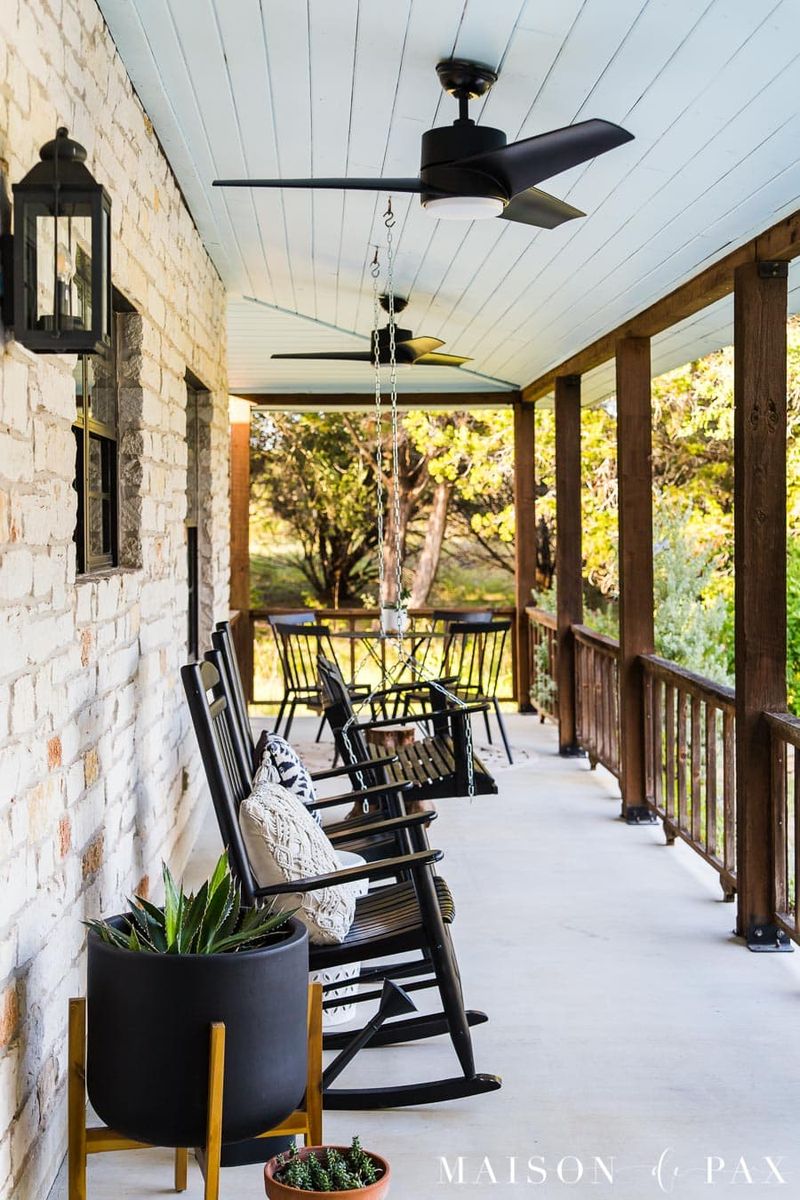
Enjoying a cool drink on the porch was more than a pastime; it was a necessity. Porches were strategically built to catch the breeze. Families gathered in the evening, sipping lemonade, catching up on the day’s events.
This communal experience was complemented by ceiling fans, which provided much-needed airflow. The design of houses often included wide porches that wrapped around, maximizing shade. The porch became a social hub, where stories were shared, and memories created.
Did you know? The wrap-around porch design became popular in the Victorian era, symbolizing both function and style.
2. Sleeping Porches
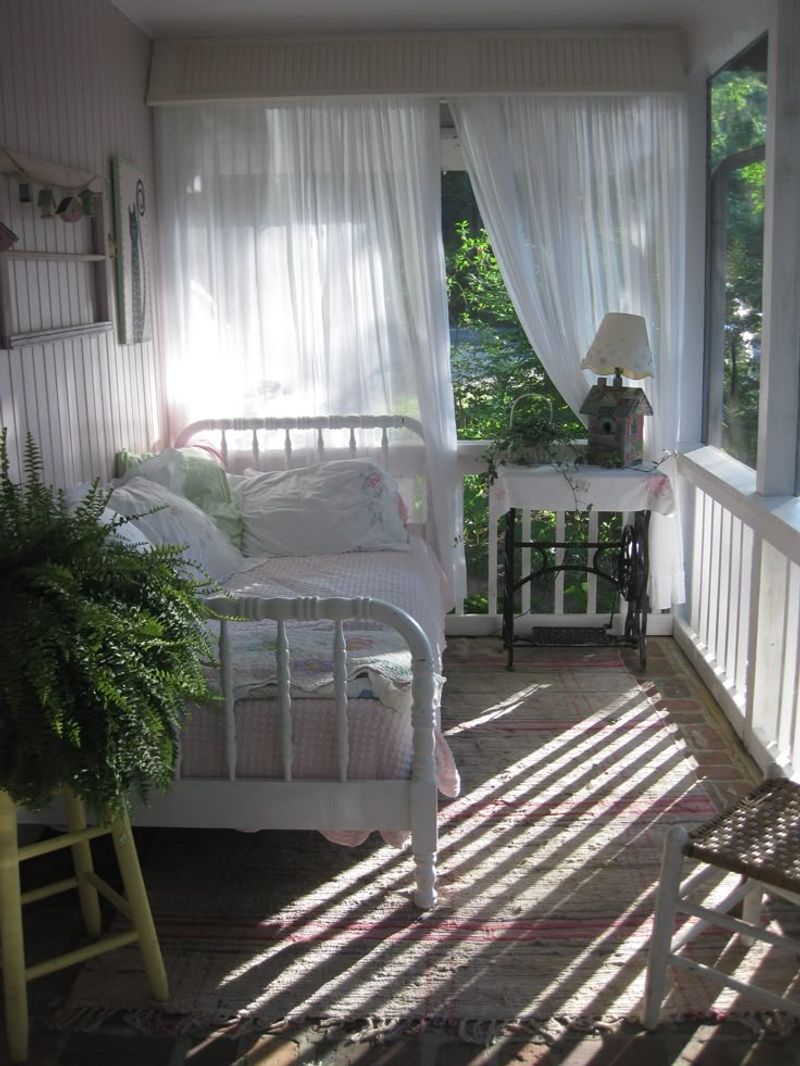
Imagine drifting to sleep with a gentle breeze on your face. Sleeping porches, often screened-in, provided such comfort during hot nights. Families would move their beds to these porches to escape the stifling indoor heat.
These porches were typically located on the second floor, capturing cooler night air. Decorated with wicker furniture and soft linens, they offered both relaxation and relief. The mosquito nets added a layer of protection, allowing peaceful sleep.
Fun fact: Sleeping porches were particularly favored in the Southern United States, where humidity levels were high.
3. Cross Ventilation
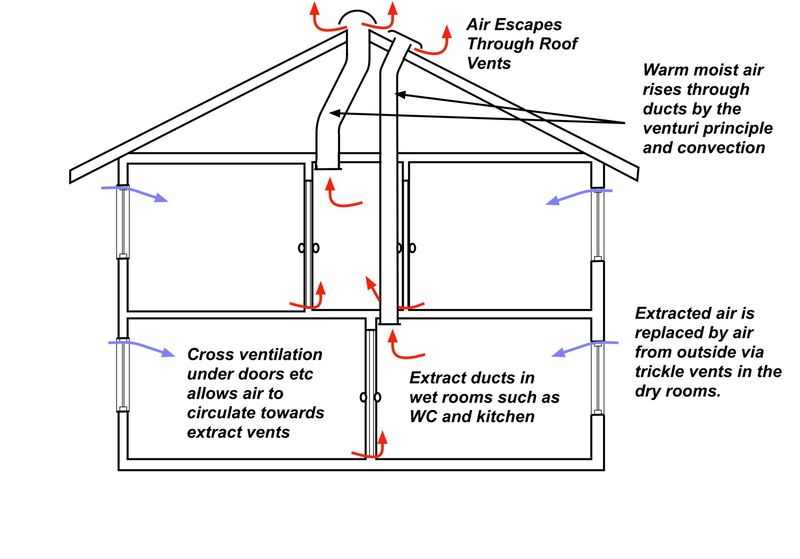
Cross ventilation was a simple yet effective technique. By opening windows on opposite sides of a home, a natural airflow was created, cooling the interior. This design was particularly crucial in regions with consistent wind patterns.
Homes were often built with high ceilings and large windows to facilitate this airflow. The strategic placement of trees and shrubs further enhanced the cooling effect.
A quirky tidbit: In coastal areas, homes were designed to face prevailing winds, maximizing this natural cooling process. Such designs highlight the harmony between architecture and nature.
4. Ice Boxes and Ice Delivery
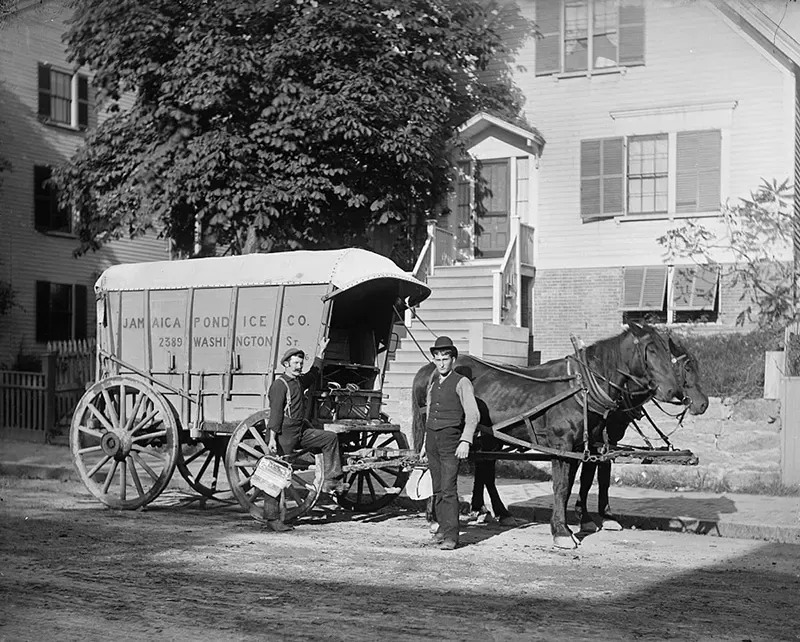
Before refrigerators, ice boxes were the go-to for keeping food cool. These insulated boxes relied on large ice blocks, delivered regularly by icemen. Families would place perishables inside, enjoying a temporary reprieve from the heat.
Ice deliveries were a common sight, with horses pulling carts laden with ice blocks through neighborhoods. The clinking sound of ice being chipped and delivered was familiar during summer months.
Did you know? Ice was often harvested from lakes in winter, stored in ice houses, and then delivered throughout the year, showcasing early ingenuity in resource preservation.
5. Hand Fans and Punkahs
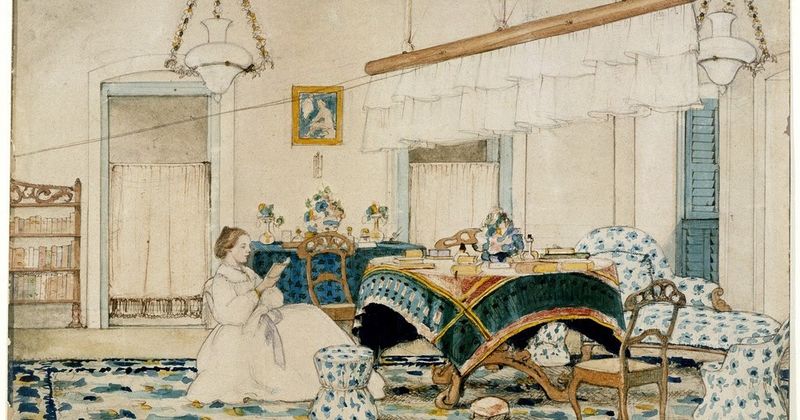
Hand fans, both functional and decorative, were essential for personal cooling. They came in various designs, from simple palm leaf fans to intricately crafted ones made from silk or paper.
In colonial homes, punkahs—large fans suspended from ceilings—were manually operated by servants to circulate air. This was especially common in tropical regions, providing a constant, gentle breeze.
Interestingly, punkahs became a status symbol, reflecting the wealth and lifestyle of the household. These fans represent a blend of utility and artistry, serving as both cooling devices and cultural artifacts.
6. Summer Kitchens
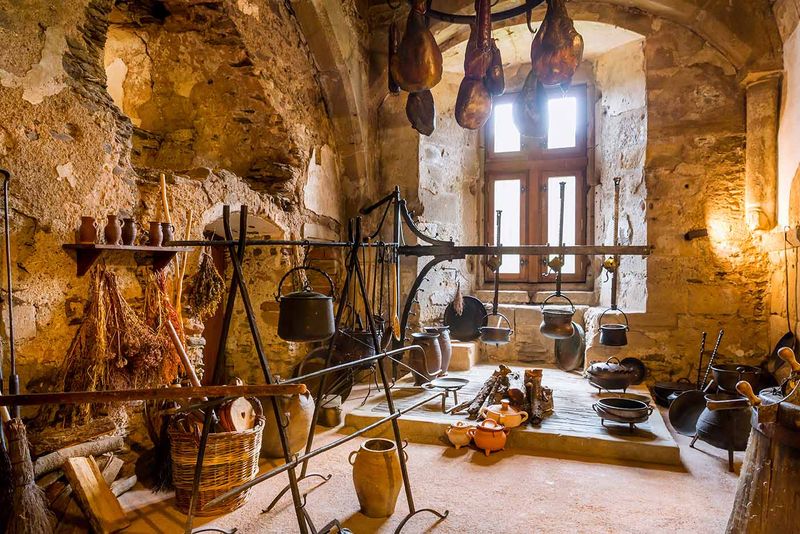
Cooking indoors during summer was avoided due to the additional heat. Summer kitchens, separate from the main house, were the solution. These outdoor setups kept the heat away, allowing for meal preparation in comfort.
Typically equipped with brick ovens and open hearths, summer kitchens were practical and efficient. They also doubled as areas for preserving food, such as canning or drying herbs.
A historical note: Summer kitchens were prevalent in rural areas, where families relied heavily on homegrown produce. This practice exemplifies a sustainable approach to living with nature.
7. Thick Walls and High Ceilings
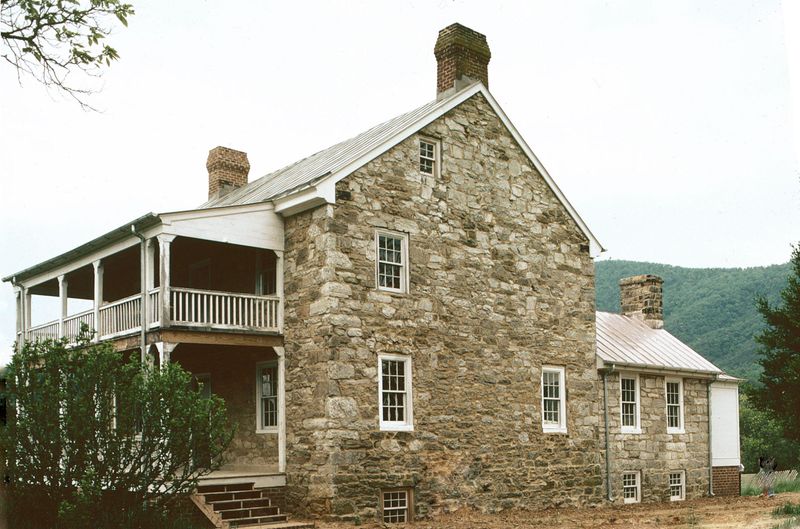
The architectural design of thick walls and high ceilings played a crucial role in keeping homes cool. Thick walls, often made of stone or adobe, insulated interiors from outdoor heat.
High ceilings allowed hot air to rise, maintaining a cooler living space below. Large windows with shutters provided additional ventilation control, adapting to changing temperatures.
Did you know? Many colonial and early American homes featured these designs, inspired by European architecture. Such structures not only offered respite from heat but also showcased the craftsmanship and design of the era.

Well, hello there!
My name is Jennifer. Besides being an orthodontist, I am a mother to 3 playful boys. In this motherhood journey, I can say I will never know everything. That’s why I always strive to read a lot, and that’s why I started writing about all the smithereens I came across so that you can have everything in one place! Enjoy and stay positive; you’ve got this!

